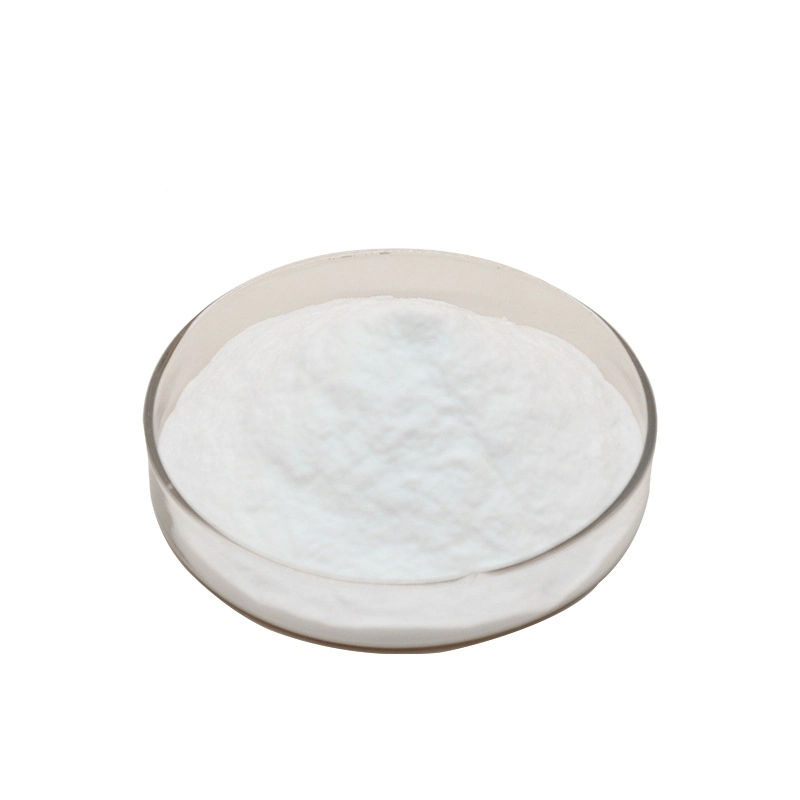



Understanding the Properties and Applications of Sodium Hydroxide in Industry and Science
The Essential Guide to Sodium Hydroxide Properties, Uses, and Safety
Sodium hydroxide, commonly known as caustic soda or lye, is a highly versatile and essential chemical compound with the formula NaOH. It is a white, crystalline solid that is hygroscopic, meaning it readily absorbs moisture from the air, and is highly soluble in water. Sodium hydroxide is an alkali known for its strong basic properties, which makes it an important ingredient in various industrial and laboratory applications.
Properties of Sodium Hydroxide
Sodium hydroxide is characterized by its high pH, typically exceeding 13 when dissolved in water. This strong alkalinity allows it to neutralize acids effectively. At room temperature, it appears as a white solid or flakes, but in solution, it exists as hydroxide ions and sodium ions. NaOH is a strong electrolyte, meaning it dissociates completely in water, which contributes to its conductivity.
The melting point of sodium hydroxide is around 318 °C (604 °F), while it has a boiling point of approximately 1,388 °C (2,530 °F). Its ability to absorb moisture means that sodium hydroxide can easily form a concentrated solution if exposed to humid conditions.
Uses of Sodium Hydroxide
Sodium hydroxide is widely used in various industries due to its strong alkaline properties. One of its primary applications is in the manufacturing of soaps and detergents. In this process, NaOH serves as a key ingredient in the saponification reaction, where it hydrolyzes fats and oils, producing glycerin and soap.
sodium hydroxide pdf

Another significant use of sodium hydroxide is in the production of paper and pulp. In this industry, it is employed to break down lignin, allowing cellulose fibers to be separated and processed into paper products. Sodium hydroxide is also used in the manufacturing of textiles, particularly in the dyeing and bleaching processes.
Moreover, sodium hydroxide plays a crucial role in food processing, where it is utilized for curing olives, peeling fruits, and in various other food manufacturing processes. It is also important in the production of various chemicals, such as sodium hypochlorite (bleach) and sodium carbonate (soda ash).
Safety Considerations
Despite its wide-ranging applications, sodium hydroxide is a highly caustic substance that can cause severe burns and injuries upon contact with skin or eyes. It is essential to handle this chemical with extreme caution. Always wear appropriate personal protective equipment, including gloves, goggles, and protective clothing, when working with sodium hydroxide.
In case of contact with skin or eyes, it is crucial to rinse the affected area with plenty of water and seek immediate medical attention if necessary. When creating solutions of sodium hydroxide, always add the chemical to water, not the other way around, as the exothermic reaction can cause splattering.
Conclusion
In summary, sodium hydroxide is an indispensable compound in many industrial and laboratory processes. Understanding its properties, applications, and safety precautions is essential for anyone working with this powerful chemical. With responsible handling and usage, sodium hydroxide continues to play a vital role in various sectors, contributing to countless everyday products we often take for granted.
-
Sodium Chlorite Hot UsesNewsJul.01,2025
-
Sodium Chlorate ApplicationsNewsJul.01,2025
-
Smart Use Of Sodium ChloriteNewsJul.01,2025
-
Power Of Sodium BisulfateNewsJul.01,2025
-
Potassium Monopersulphate & Sodium Chlorite: Key to Effective Cleaning SolutionsNewsJul.01,2025
-
Pool Water Treatment GuideNewsJul.01,2025
-
Why Strontium Carbonate Still MattersNewsJun.06,2025










